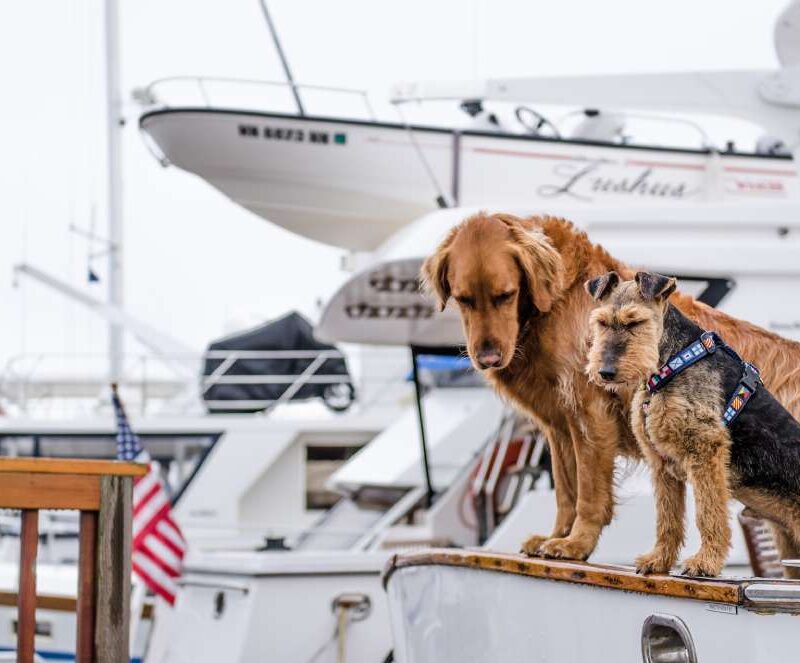Traveling by airplane can be stressful for pets. Whether they are in the cargo hold or with you in the cabin, there are steps you can take to help them have a smooth journey.
Choosing the Right Carrier or Kennel
Flying by air with a pet requires planning. Airlines have various fees and restrictions for pet cargo and in-cabin travel, so choosing a “pet-friendly” airline is important. A pet transportation company can recommend the best airline for your pet’s journey.
Most airlines require a Certificate of Veterinary Inspection (CVI) for animal transport. A licensed veterinarian issues this document and certifies that your pet is healthy enough to travel. You may also need to have your pet microchipped and have up-to-date identification tags.
If your pet travels as cargo, ensure the crate or carrier is sturdy and spacious. It should be large enough for your pet to sit, stand, or lie down comfortably. It should also be leak-proof and have plenty of ventilation. Most airports have a pet relief area where you can take your pet out of their carrier to use the bathroom before continuing the flight.
Packing Essentials
Traveling long distances with your pet can be stressful. Whether by car or plane, regular potty breaks and exercise will help your dog remain calm and comfortable throughout the trip. A well-ventilated crate large enough for your dog to stand, sit, and lie in will make the trip less stressful.
Pack all your pets’ travel essentials, such as food and water (bring an ample supply!), bedding, toys, and comfort items. Don’t forget the leashes, collars, and any pet medications your veterinarian has prescribed for the journey.
Also, have your vet give your pet a health certificate dated within 10 days of the flight. This will ensure that your pet is healthy and able to fly. Finally, try to book a nonstop or direct flight, as this will limit the number of stops and disturbances during your pet’s trip.
Preparing Your Pet for the Trip
Before your pet travels, have a veterinarian certificate that says they are fit for travel and that all their shots and boosters are current. It is also a good idea to purchase a top-quality, airline-compliant crate large enough for your dog or cat to stand up and turn around comfortably.
Start crate training as soon as possible to help your pet associate the crate with a happy, safe place. This is especially important for pets traveling in cargo, as they will be confined to their crates for long periods during the flight.
Avoid feeding your pet breakfast on the day of travel, as this may cause them to experience nausea during the flight. However, skipping a meal may only be advised in some situations. Book a direct flight whenever possible to reduce the chance that your pet is left on the tarmac between flights or mishandled by baggage personnel during layovers.
Getting There
Some pets can fly in the cabin, while others have to travel in cargo. If your pet is a cargo traveler, working with your veterinarian is important to ensure they are ready for the trip. They should be vaccinated and have an up-to-date health certificate and a signed release form.
Also, ensure the crate is marked with “Live Animal” and your name, cell phone number, and destination address. Consider also putting a photo of your pet on its carrier or kennel to help with identification should it get lost during the flight.
Lastly, avoid flying during holidays and book nonstop flights whenever possible. This will decrease your pet’s stress during travel and reduce the likelihood of being mishandled by baggage personnel during layovers.







